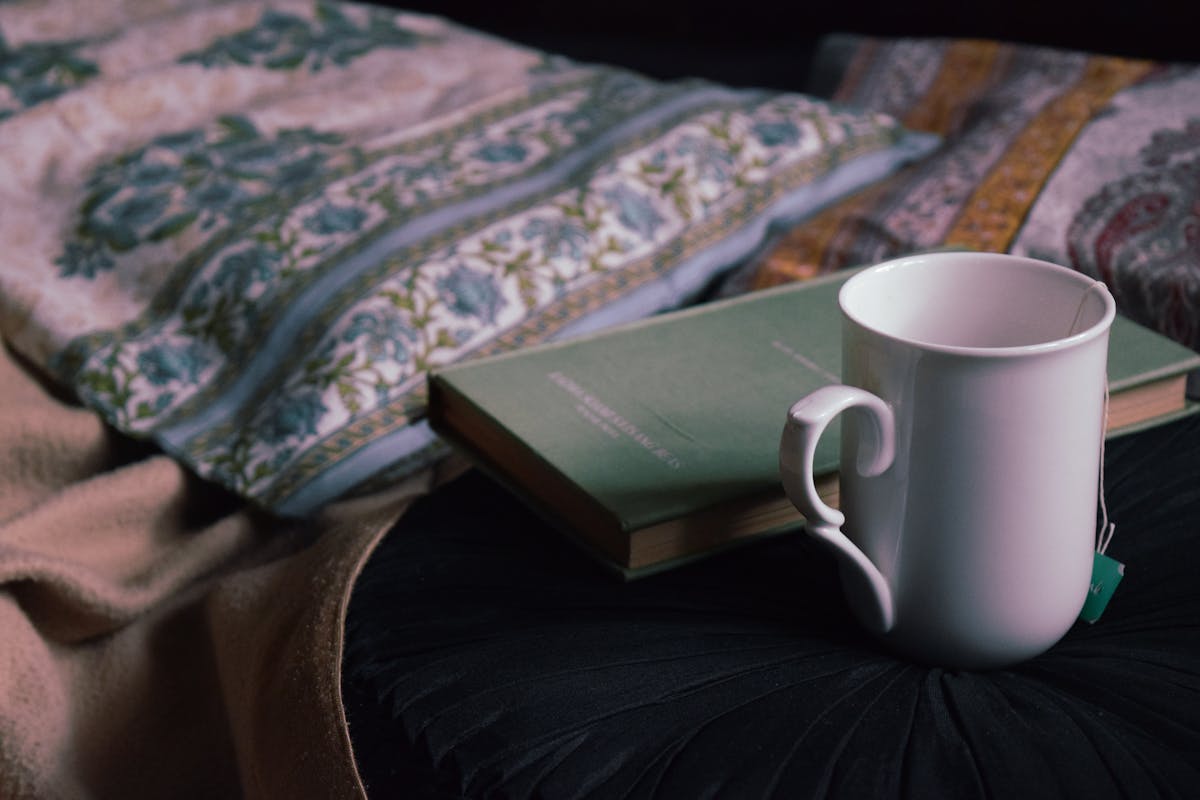The Night Table: Jazz, Lady Journalists, and DeLillo Revisited
A selection of the best books from our recent reading and reviews.

“Shrines of Gaiety” by Kate Atkinson. Doubleday, 384 pages. What can’t Kate Atkinson do? The dame of the Order of the British Empire is a three-time winner of Costa Book Awards — formerly the Whitbread — whose books encompass police procedurals and time travel, spies and alternate realities, has turned her attentions to the light historical novel with a sprawling picaresque set in the full swing of London’s Roaring Twenties. “Shrines of Gaiety” follows the tribulations of the Coker clan, a family running an underground jazz club empire , while Chief Inspector John Frobisher sets himself to ending their reign of vice with the aid of a peppy librarian, Gwendolen Kelling. “Shrines of Gaiety” is what its title describes: an entertainment, albeit a cut above the usual beach read. Yet one cannot help but feel that Ms. Atkinson’s venture into genre fiction is a distraction from deeper work. Jude Russo’s full review, “‘Shrines of Gaiety’ a Delightful Romp Through the Roaring Twenties.”
“Listen, World! How the Intrepid Elsie Robinson Became America’s Most-Read Woman” by Julia Scheeres and Allison Gilbert. Seal Press, 352 pages. Elsie Robinson was America’s most-read woman and yet is forgotten — as her biographers note. In her heyday, beginning in 1921 and running for more than 30 years, Robinson won the hearts of 20 million readers every day in Hearst newspapers. No one today — man or woman — commands such an audience, one that engendered Elsie clubs all over the country. There are no earlier biographies of Robinson, and her biographers had to work mightily even in this Age of Google. Don’t skip the acknowledgments section of this book, in which the biographers explain, for example, how difficult it was to reconstruct Elsie’s years as a miner. This biography is a work of reclamation — something no one else knew how to do or realized needed to be done. Carl Rollyson’s full review, “The World in a Newspaper Column.”
“Don DeLillo: Three Novels of the 1980s” by Don DeLillo, ed. Mark Osteen. Library of America, 1130 pages. It can be a little embarrassing when a novel is re-released as a tie-in to a major motion picture, especially when that novel is in large part a satire of a culture hooked on mass media. But in the case of Don DeLillo’s “White Noise,” of which a film version, directed by Noah Baumbach, premiered on Friday at the New York Film Festival, there could be no more fitting way to release the 1985 novel. This isn’t some cheapo job with the faces of the film’s stars slapped on the cover of a paperback. “White Noise” is getting the full Library of America treatment, along with “The Names” (1982), and “Libra” (1988), the three novels of the 1980s which DeLillo says marked a “major departure” from his earlier, comic style. The collection also includes two uncollected essays, “American Blood: A Journey Through the Labyrinth of Dallas and JFK” and “Silhouette City: Hitler, Manson and the Millennium.” Die-hard fans will also be delighted to find that DeLillo has written new prefaces for each book. Nic Rowan’s full review, “DeLillo’s Early Books Get the Hollywood Treatment.”
ALSO OF NOTE
“Lady Editor: Sarah Josepha Hale and the Making of the Modern American Woman” by Melanie Kirkpatrick. Encounter Books, 323 pages, $29.99. Fans of Melanie Kirkpatrick during her years on the Wall Street Journal will be delighted by her “Lady Editor.” It’s a pearl of a book in which one of our own era’s leading newspaperwomen pays homage to Sarah Josepha Hale, who, Ms. Kirkpatrick reckons, was “one of the most influential women of the nineteenth century” but is “all but forgotten in ours.” No longer. Born in 1788, Hale was propelled by widowhood into the workforce at a time “before women could go to college, work as public school teachers, practice medicine, or even manage their own money.” Hale nevertheless became a pioneering writer and editor. Editing two influential publications — the Ladies’ Magazine and Godey’s Lady’s Book — she helped forge 19th-century American culture. When she became an editor, Hale sent four of her five children to live with relatives. Yet she proved that a woman could have it all. That adds up — for both Hale and her biographer — to a scoop. — John Bennett
“Chronos: The West Confronts Time” by François Hartog, trans. S.R. Gilbert. Columbia University Press, 312 pages. The esteemed French historian’s 2020 study of the history of Western timekeeping practices and concepts, beginning in Greek antiquity, running through the Christian recreation of timekeeping and to the modern understanding of the “Anthropocene,” is now available in a lucid English translation. Magisterial yet accessible, “Chronos” can make the rare claim to encompass all of recorded time in a relatively slim 300-odd pages. — Jude Russo

